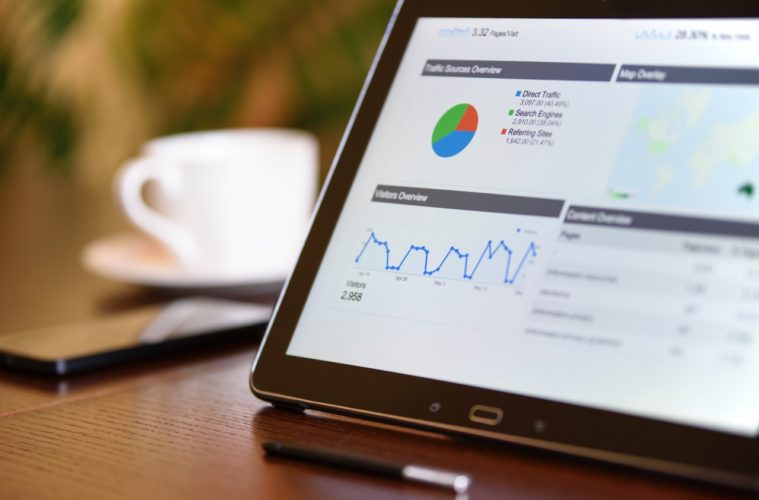According to Juniper Research, cybercrime activities will cost businesses approximately $2 trillion by 2019. As such, it’s crucial that your organization implements stringent measures to avert cyber threats.
One of the methods that you can use to protect your data is transferring it to a GDPR-compliant cloud platform. The platform offers continuous security updates and provides the necessary organizational structures for guaranteed compliance.
However, you should be careful when transferring the data to these cloud platforms. A poorly-coordinated data transfer may lead to GDPR violation, which will be costly!
To avoid the heavy penalties associated with these violations, this article highlights all the compliance issues that you should consider when migrating, syncing, and storing your data.
When Can Data Migration Violate GDPR Regulations?
Data migration is a sensitive issue that requires the use of high-quality data transfer tools. If you fail to exercise caution, you’re likely to violate GDPR in the following ways:
- Loss of Data. The primary role of GDPR is to protect consumers’ personally identifiable information from misuse by malicious individuals. If the data leaks during the migration process, then you might face heavy violation penalties
- Inadequate Reporting. GDPR requires that your organization keeps proper records of the data that you receive, store, or share with third-party entities. If you use a migration tool that lacks adequate reporting functionality, then you’re likely not to comply
- Improperly Mapped Permissions. If the migration process exposes the personally identifiable information to unauthorized individuals, you will have violated the GDPR
- Using Migration Tools that Stores and Caches Files on Servers. The use of such tools exposes your clients’ data to cybercriminals. Even when storing cache on cloud-based infrastructure, you’re obliged to ensure that that particular organization complies with GDPR
Migrating From Non-Compliant To Compliant Storage
While numerous cloud-based storage solutions promise easy GPDR compliance, you should be keen when effecting the migration process. You must engage IT experts in every stage to ensure proper planning and execution of the process. Also, you can use automated tools that ease the mapping and transferring process.
When migrating from a non-compliant to compliant storage, you should consider the following aspects:
- Mapping and Permissions. Large-scale migration involves handling large volumes of data. If you’re not careful, it’s possible to leak the permissions, which allows malicious individuals to get access to your data. You should maintain your file structures and data catalogs to enhance your data’s privacy during the entire migration process. Also, proper mapping prevents loss of sensitive data which could result in substantial violation fines
- Retaining File Metadata. Metadata is crucial since it helps in data classification and monitoring. If you fail to retain a copy of your metadata, it may result in loss or mishandling of sensitive information
- Using Compliant Migration Solutions. If your migration process caches or stores data in a noncompliant system, you will face GPDR fines. Storage of files and metadata in a non-compliant system poses a significant risk to sensitive data
Migrating From Compliant To Compliant Storage
While your organization could be GDPR-compliant, you may find it necessary to migrate your storage to a cloud-based solution provider to boost productivity or enhance your collaborations. Even though you’re compliant, you should be keen to ensure that the migration process does not compromise the confidentiality of your personally identifiable information.
If you’re not careful, you may experience mapping problems, lose data, or expose your systems to malicious individuals which will attract a hefty GDPR fine.
How To Ensure A GDPR Compliant Data Migration
Whether you’re transferring your data for GPDR compliance or performance boost, you should never ignore the security of your sensitive information.
Always ensure that you use a GPDR compliant transfer tool. Also, you should confirm that the tool has reporting functionality for enhanced data security. This tool will give detailed reports on the progress of the transfer process and highlight any anomalies that could compromise your data.
How To Identify And Analyze Sensitive User Data
Applying accurate analytics during data transfer is crucial since it helps you in monitoring the transfer of files and ensuring that all the permissions are being migrated together with the files. If you fail to trace your data file structures, you may violate GPDR regulations leading to penalties
To successfully analyze your data, you should use a sophisticated and compliant tool. Such a tool to come with an in-depth reporting strategy that will regularly give detailed reports on the flow of files and their destination. This enables you to verify every stage of data migration, thus enabling you to avoid fines.
Considering GDPR Compliance Demands During Data Migration
Data migration is a complex process that can be costly if poorly managed. As such, you should always use a GDPR compliant tool for a secure and robust process.
The tool will give you an analytics window that will help in monitoring every step of the migration process, thus ensuring that you do not violate GDPR.

